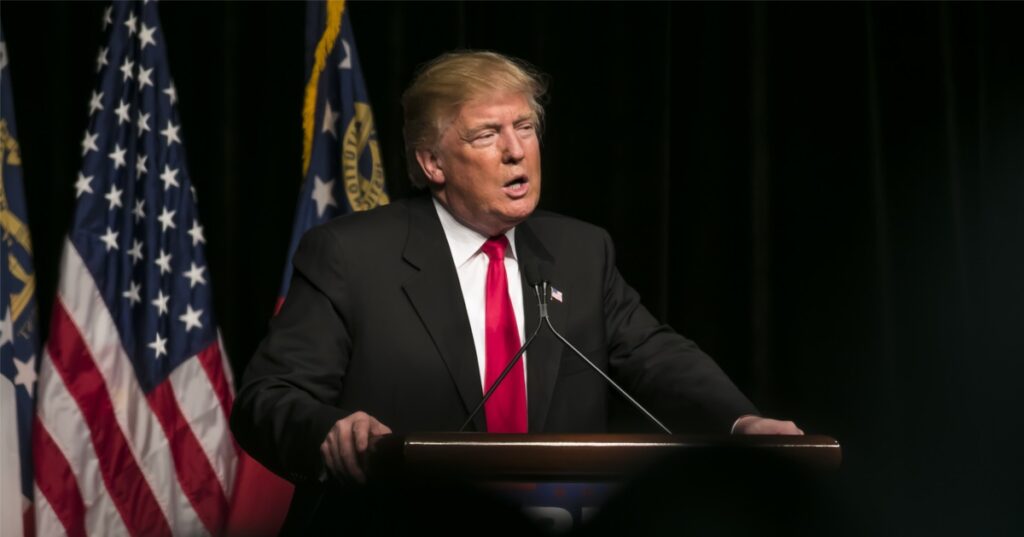President Trump moved to federalize National Guard troops for Chicago, a move the administration says was needed to protect federal property and agents, but a federal judge temporarily blocked deployment and the fight has reached the Supreme Court. The administration agreed to pause while the high court weighs the case, and both sides are arguing over who controls military decisions when domestic unrest is at issue. The legal back-and-forth highlights a sharp tension between executive authority and judicial oversight.
The White House ordered federalization on October 4, calling for 300 Illinois National Guard members plus 200 from Texas and 16 from California to be placed under federal control. The administration framed the move as necessary to restore order and defend federal facilities amid protests it described as violent. That claim triggered immediate legal challenges from Illinois officials who questioned the evidence behind the federal claim.
On October 9, U.S. District Judge April Perry stepped in and issued a block on deploying those federally controlled troops, saying she saw no clear record indicating rebellion or immediate danger in Illinois. Perry also pointed to discrepancies between the Justice Department’s depiction of violent unrest and the accounts from state and local law enforcement. Those contradictions are now a central plank in the state’s argument against federalization.
Rather than back down, the administration appealed directly to the Supreme Court, arguing that courts should not second-guess military and chain-of-command decisions during domestic operations. U.S. Solicitor General John Sauer put the position plainly: “A federal district court lacks not only the authority but also the competence to wrest control of the military chain of command from the Commander in Chief.” That line frames this as a separation-of-powers fight, not just a fact dispute.
Illinois’ legal team responded by pointing to precedent allowing courts to step in when military actions affect civilians and civil institutions. They quoted long-established language: “Furthermore, ‘federal courts are fully empowered to consider’ claims ‘resulting from military intrusion into the civilian sector,’” referencing a 1972 decision. That counterargument is meant to show courts have a duty to protect civil liberties even when the military is involved.
The 7th Circuit Court of Appeals has weighed in by upholding Judge Perry’s block on the deployment itself while still permitting the formal federalization of troops, creating a middle-ground order that satisfies neither side. For the administration, federalization without deployment is a hollow victory because it limits the president’s practical ability to act. For Illinois, the block on actual use of the troops is a win that keeps civilian control and oversight intact for now.
Justice and security advocates on the right argue the administration’s approach is practical and urgent: federal forces protect federal courthouses, prisons, and law enforcement personnel when local resources are overwhelmed. From that view, a delay or judicial interference risks leaving federal property exposed and signals weakness in the face of unrest. The administration says it took measured steps and sought to assert control before problems escalated further.
Critics in Illinois and elsewhere counter that federal intervention was premature and politically motivated, pointing to the lack of clear evidence of widespread violence during the period in question. They say the record offered to justify federalization does not match on-the-ground reports from local police who were not calling for outside military-style support. That gap fuels their claim the president overreached.
The Supreme Court’s involvement raises the stakes because the justices will be asked to define limits on judicial interference with presidential command over federal troops. If the high court sides with the administration, it would reinforce broad executive authority in domestic military matters. If it backs the lower courts and Illinois, it would affirm the judiciary’s power to constrain federal military moves that touch civilians.
Meanwhile the temporary restraining order has been extended by 30 days while the Supreme Court considers the appeal, so the status quo persists and the question hangs unresolved. No timetable for a final decision has been announced, leaving both legal and practical uncertainty on the streets and in courtrooms. That limbo matters because federal officials maintain they need clear ability to respond quickly when federal interests are threatened.
Illinois officials, led by Attorney General Kwame Raoul, frame their fight as a defense of state prerogatives and civil liberties against unnecessary military intrusion. They argue courts have a role precisely to prevent the armed forces from being used in ways that trample constitutional protections. Those positions keep the case focused on long-standing institutional checks and balances.
This case is about more than one city or one order; it’s about who decides when and how federal force can be used inside a state. The crux will be whether courts can step in to review the president’s judgment or whether military chain-of-command decisions enjoy near-absolute immunity from judicial second-guessing. How the Supreme Court rules will set a precedent that affects future disputes over federal intervention and civilian oversight.



